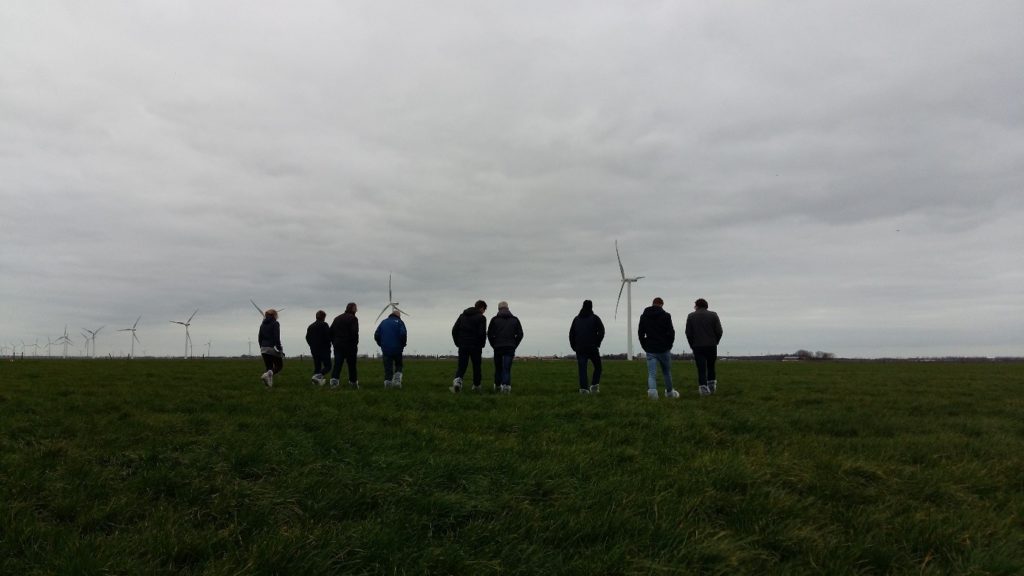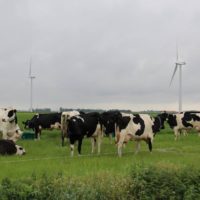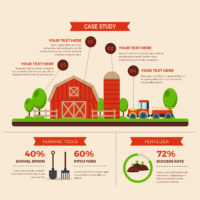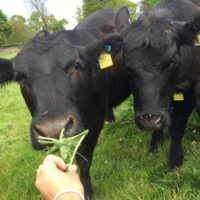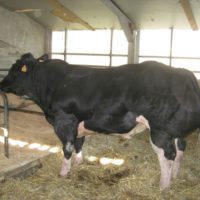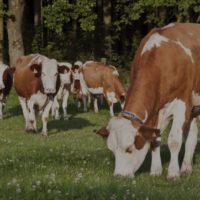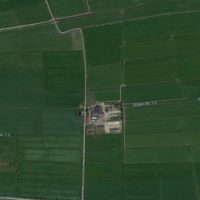Description
Aeres Farms in Dronten, the Netherlands, is targeting at maximum milk production from grazed grass. The system is a low-cost system with a long grazing season (240 days per year), use of grass clover, strip grazing and a spring-calving herd to synchronise the demand of the dairy cattle with the grass growth. This system is quite different from the common Dutch system that combines restricted grazing with additional feeding. The system was analysed by a group of scientists and practitioners. Main strengths of the system are: high grass utilisation, low feeding costs and low machinery costs. Main weaknesses are: much labour needed for the strip grazing system, not easily transferable to employees, open sod, no options to rotate with high-profitable arable crops. There are also opportunities and threats. Opportunities are to increase biodiversity by including herbs in the grasslands and to separately market the milk since this kind of extensive system is valued by society. Threats are animal health (worms) and regulations since this is not the common system and does not fit in all regulations. Furthermore, the urea content of the milk is too high in late summer.
The group recommended to further improve the system by shortening the calving period, decrease the urea content in late summer by supplementing with hay or wheat, decrease labour needed (for example by using automatic gate openers) and increase the value for society by sowing herb-rich grass, especially near houses and roads.

